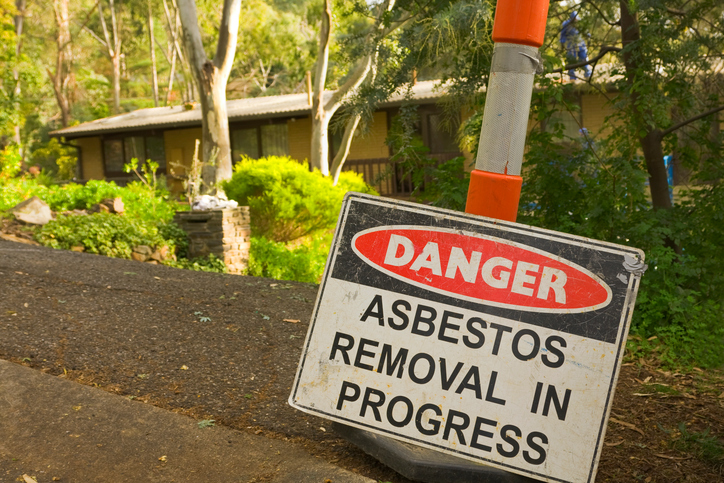Harmful asbestos fibres can be found in more than 3,000 common building materials.

Photo credit: Thinkstock.com
Recently, a friend of mine said their 18-unit condo building had a plumbing job done and found asbestos in the drywall from 1977. The contractor followed all safety procedures and notified residents.
At Simon Fraser University, hazardous material experts are assessing its library. They need to determine the safety impact from possible asbestos–containing debris found within the building.
For years, asbestos was shipped through Vancouver’s harbour. It’s still all around us – in office buildings, schools, hospitals, and homes throughout B.C. However, WorkSafeBC indicates that asbestos is perfectly safe if left in place and only becomes a risk when materials containing asbestos are disturbed, such as during renovations and demolitions.
In 2021, asbestos exposure was a contributing factor in approximately 33 percent of workplace deaths in the province and is the number one killer of workers in B.C. Often these workers’ exposure had occurred several decades earlier.
A new dynamic sculpture on Vancouver’s waterfront honours the thousands of workers who died, and continue to die, from asbestos exposure. (See Vancouver public art honours people exposed to asbestos.)
Avoiding asbestos exposure during renovations
WorkSafeBC Prevention Field Services manager Steven Penner describes a situation that can happen when asbestos-containing materials are disturbed, such as during a home renovation or demolition.
“These fibres are a very particular size that can embed themselves deep down in your lungs and you don’t cough them out,” Steven says. “Once they get in there, your lungs try to repair that injury and scar tissue starts developing. Over time your lungs don’t work as well, and in a worst case scenario they stop working and you can’t get oxygen. Additionally, asbestos exposure can lead to mesothelioma, a deadly aggressive form of cancer.”
While there may be an additional cost to identifying and removing asbestos, doing so will protect workers from permanent lung damage and ensure the health and safety of everyone working on the project.
“If you don’t deal with this properly, people could now be exposed,” Steven says. “The people at waste-handling facilities may also become exposed because the asbestos-containing materials haven’t been properly bagged or sent to the right section of the landfill where it’s all handled.”
The bottom line is: Contractors need to know their responsibility for dealing with asbestos. (See my post Contractors risk reputation by not dealing with asbestos properly about what can happen when you look for the lowest bid.) And homeowners need to have their home tested by a professional before a reno or demo.
WorkSafeBC has plenty of resources, including Safe Work Practices for Handling Asbestos, which provides more information, including:
- Regulatory requirements
- Who is qualified to deal with asbestos
- Inspection and testing of equipment
- Submitting a Notice of Project (NOP) for asbestos
- Monitoring the work environment
Have you dealt with asbestos within your home? Comment below!


